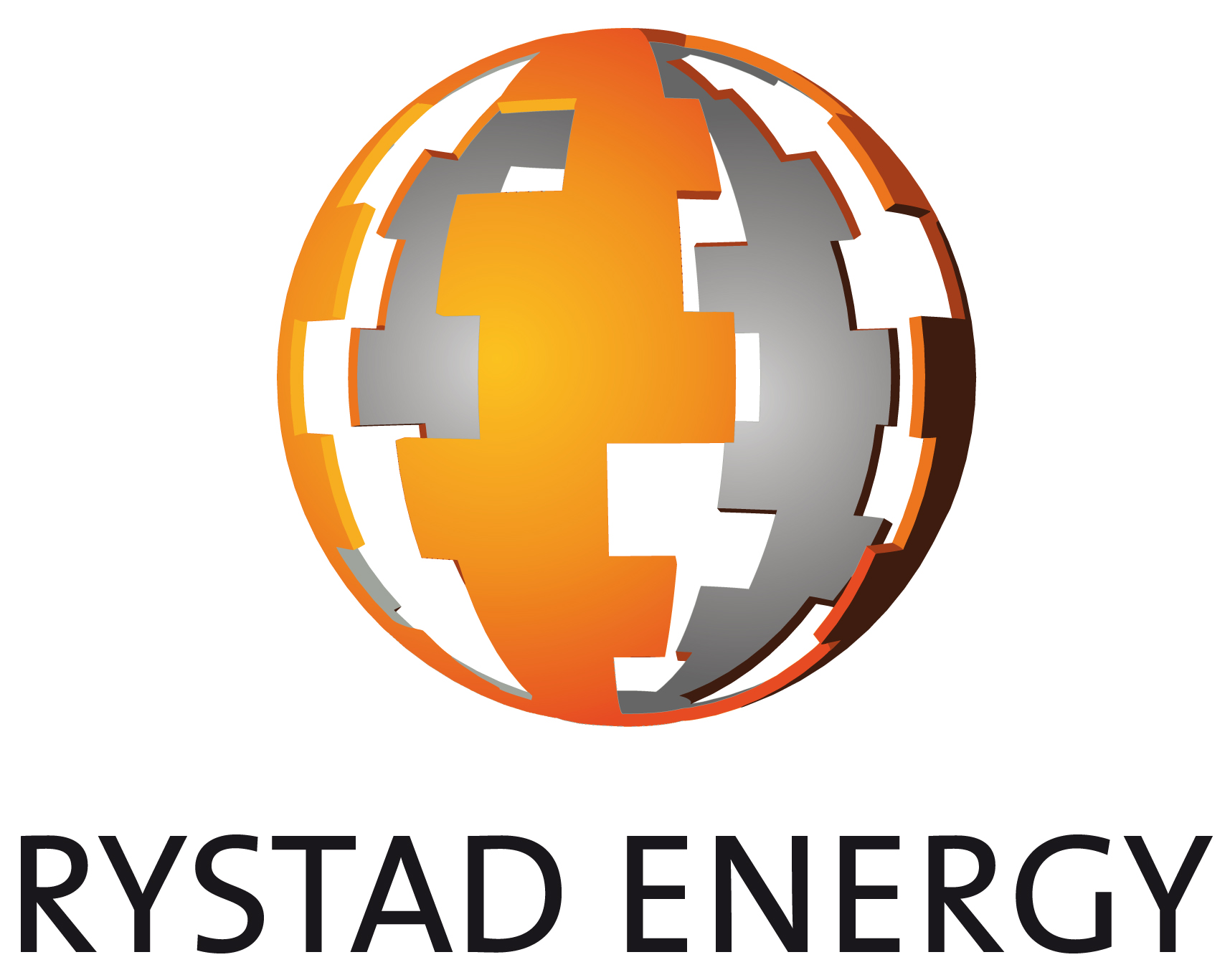The current tailwind in the oil market is likely to propel 100 new offshore projects to be sanctioned in 2018, according to Rystad Energy.
 This compares to only 60 projects in 2017 and below 40 in 2016, as shown in the latest Oilfield Service Report by Rystad Energy. These projects represent a collective $100 billion worth of capital investment, giving an average of about $1 billion per project. In contrast, the average projected capex for offshore projects approved in 2013 was $1.8 billion.
This compares to only 60 projects in 2017 and below 40 in 2016, as shown in the latest Oilfield Service Report by Rystad Energy. These projects represent a collective $100 billion worth of capital investment, giving an average of about $1 billion per project. In contrast, the average projected capex for offshore projects approved in 2013 was $1.8 billion.
“The offshore suppliers have created their own comeback,” says Audun Martinsen, VP of Oilfield Service Research at Rystad Energy. “Their constant search for cost reductions and streamlining of operations has enabled them to cut offshore project costs by almost 50% compared to the heights of the last cycle.”
According to Rystad Energy, the prices charged by offshore suppliers have fallen more than onshore, and it depicts an average reduction of close to 30% in 2018 compared to 2014. The main driver for this is the large drop in day rates by offshore drilling contractors, which is down 50-70%. EPCI costs for surface platforms and subsea infrastructure are down by 20-30%.
“Not only are the suppliers charging less for their services, they have also improved the efficiencies of their operations, thus shortening lead times from project sanctioning to first oil. As an example, the time required to drill and complete a well has fallen by 30% in the North Sea, the Gulf of Mexico and Brazil over the past four years,” Martinsen adds.
Geographically speaking, these 100 projects in 2018 are widespread. We forecast about 30 project approvals to come through in Asia this year, including Pegaga in Malaysia and D6 in India, and another 30 in Europe, including Neptune Deep in Romania and the already sanctioned Penguins redevelopment in UK. Africa should see green lights given to nearly 20 projects, including Zinia 2, and a similar number is forecasted in the Americas, where major schemes like Vito and Mero 2 are maturing.
“E&P companies have more free cash flow at hand in 2018 than they did during the recent peak years of 2008 and 2011. In fact, 60% of the companies looking to finance their project development costs can do so through their cash flow. Supported by strong oil prices, we see a very small risk of these projects not materializing,” Martinsen says.
The average breakeven price for deepwater developments currently stands at about $45 per barrel, and for shallow water it is close to $30 per barrel. Meanwhile payback times have fallen by three years for deepwater projects and by 1.5 years for shallow water schemes since 2014. “Offshore projects can now compete with some of the best acreages in the Permian basin in terms of breakeven prices. With rising inflation in the US shale, offshore appears geared to out-compete shale this year and next,” Martinsen says.


